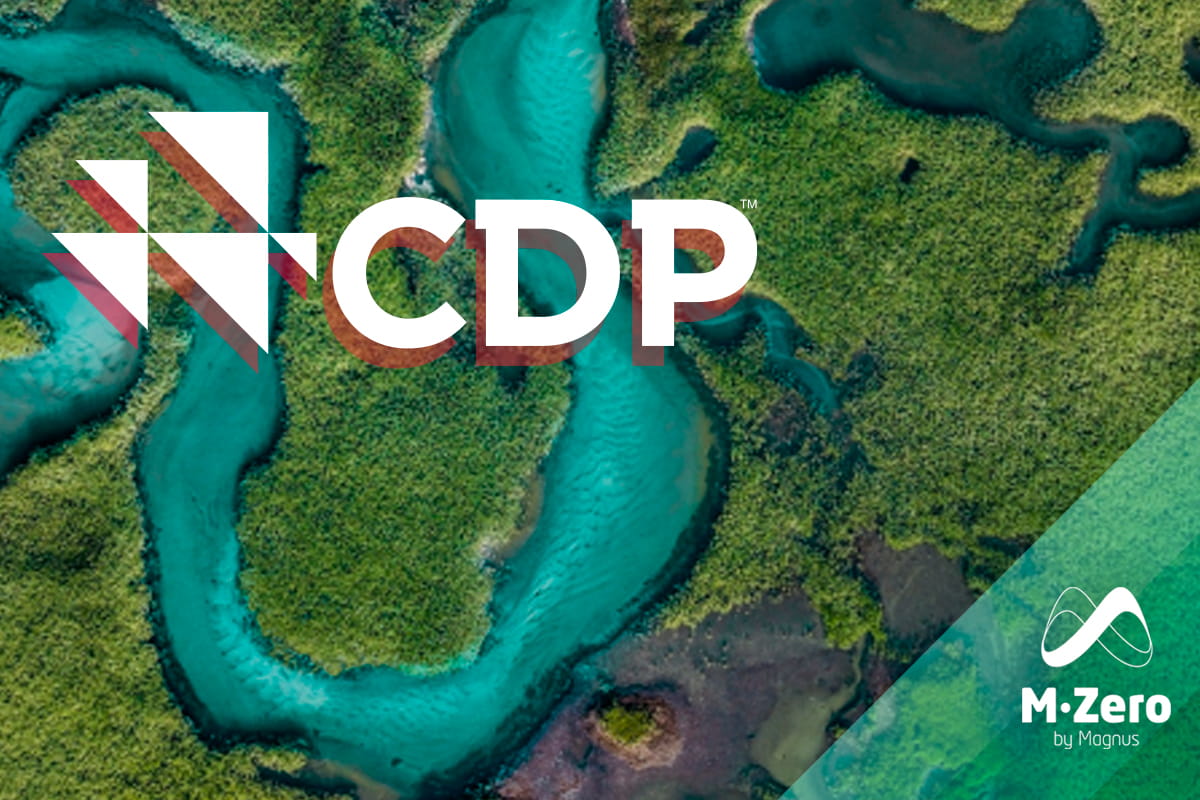
On May 24, 2024, after a four-month negotiation period, the European Council passed the Corporate Sustainability Due Diligence Directive (CS3D or CSDDD), concluding the legislative process. This Directive mandates large companies to promote sustainable development and respect human rights and the environment through due diligence, addressing the growing concern for corporate sustainability in an era of globalization.
The CS3D aims to promote corporate sustainability and ensure that companies operate responsibly, respecting human, social, and environmental rights in line with ESG principles. It also establishes liability for EU and non-EU companies for violation of those rights though their business operation and those of their business partners in the chains of activities of those companies.
Background
The original legislative proposal was published by the Commission in February 2022. After the Parliament adopted its position in June 2023, demanding key amendments to the proposal, it reached a provisional agreement with the Council in December 2023. Nevertheless, the text failed to secure a majority in the Council and had to be revised which resulted in the compromise package adopted by the Parliament on 24 April 2024 and by the Council on 24 May 2024.
How does this relate with other existing directives/regulations?
The CS3D will also operate alongside other recent directives and regulations. The CS3D is part of the European Green Deal and the Sustainable Finance Disclosure Regulation (SFDR), which aim to align the EU economy with environmental and social objectives, impacting investors on how they market and report on green and human rights friendly investments.
Besides, the CS3D is a complement of the Corporate Sustainability Reporting Directive (CSRD). While the CSRD requires companies to report on adverse impacts on human rights and the environment in their operations and value chains, the CS3D sets out ex ante due diligence obligations for companies to identify, prevent, mitigate, and account for such impacts.
Applicability
The CS3D will be applicable to companies that are incorporated under the laws of a Member State and meet certain financial criteria. Specifically, it will apply to companies that have had, on average, over 1000 employees and a net worldwide turnover exceeding EUR 450 million in the last financial year. In addition, companies that do not meet these thresholds individually but are the ultimate parent company of a group that on a consolidated basis meets these criteria also fall under the scope of the CS3D.
In addition, the Directive is also applicable to non-EU companies. If a non-EU company has generated a net turnover of more than EUR 450 million in the Union in the financial year preceding the last financial year.
Furthermore, companies that have entered into franchising or licensing agreements, have a global net turnover of at least €80 million, and royalties exceeding €22.5 million, will also be affected by the CS3D, provided that they meet the other specified CS3D requirements.
Additionally, the CS3D, removes the high-risk sector approach from lower thresholds. This means, that high-risk companies with a global net turnover of more than €40 million, at least €20 million comes from high-risk sectors, and more than 250 employees, are no longer automatically subject to the directive. However, there is a possibility of reintroducing the high-risk sector approach into the directive at a later stage.
What about the rest of the companies?
Originally, the CS3D was set to affect EU companies with 500 employees and a global net turnover of €150 million. However, in the final draft, these thresholds increased to 1,000 employees and a global net turnover of €450 million.
As a result, only approximately 6,000 large EU companies and 900 large non-EU companies will now be affected, about 30% of the companies initially planned.
However, these companies will need to address their “chain of activities” in their due diligence obligations, which means understanding their upstream (those involved in tge designing, extracting, sourcing, producing, transporting, storing of raw materials, products or part of products) and downstream partners (those responsible for distributing, transporting and storing products for or on behalf of the company) and engage them.
This means that, although small and medium-sized companies do not fall directly within the scope of the Directive, they will be indirectly affected if they are subsidiaries or part of the supply chain of the large companies.
Obligations
The Directive sets out detailed rules on obligations for companies regarding actual and potential human rights and environmental adverse impacts with respect to their own operations, the operations of their subsidiaries and the operations of their business partners in their chain of activities:
- Obtain contractual assurances from their direct business partners, ensuring compliance with the company’s code of conduct.
- Consult, as an element of the due diligence process with stakeholders, including but not limited to employees, trade unions, consumers, and other individuals, groups, communities or entities whose rights or interests are or could be affected by the products, services and operations of the company concerned.
- Establish a procedure to deal with complaints, as well as a mechanism for submission of notifications regarding actual or potential adverse impacts regarding to their own operations, their subsidiaries or from business partners in the chain of activities.
- Carry out periodic assessments and report on the matters covered by the CS3D in a statement on their website (unless the company is subject to sustainability reporting requirements under the CSRD).
- Adopt and implement a transition plan with explicit targets for 2030 and for each subsequent five-year period leading up to 2050, for climate change mitigation ensuring, through best efforts, that the company’s model and strategy are compatible with the transition to a sustainable economy and with the limiting of global warming to 1.5°C in line with the Paris Agreement and the objective of achieving climate neutrality as established in the European Climate Law.
Implementation
The due diligence process outlined in the CS3D follows the six steps defined by the Guidance for Responsible Business Conduct in order to ensure companies can correctly identify and address their impacts:
- Integrate due diligence into policies and management systems.
- Identify and assess adverse human rights and environmental impacts.
- Prevent, cease or, if not possible, mitigate actual and potential adverse impacts.
- Monitor and assess the effectiveness of measures.
- Provide remediation.
Control Mechanisms
The CS3D incorporates various control mechanisms to ensure that its requirements are met:
- the appointment of independent supervisory authorities by the Member States that shall have the authority to require the provision of information, carry out investigations and inspections, order cessation of an infringement and corrective action, and impose penalties.
- Set up a European Network of Supervisory Authorities to promote cooperation and coordination between the national bodies.
- Ensure that any person is allowed to submit substantiated concerns to the supervisory authorities when they have reason to believe that a company is failing to comply with its obligations.
Further, Member States must establish effective, proportionate, and dissuasive penalties for non-compliance, including financial penalties based on at least 5% of the company’s net worldwide turnover and public statements detailing the infringement. National supervisory authorities will consider factors such as the severity, duration, and financial benefits of the violation, as well as the company’s cooperation and remediation efforts when determining penalties.
Finally, an important element in the Directive is the introduction of a civil liability regime, through which Member States should introduce provisions so that companies are held liable for damages, resulting from their intentional or negligent failure to comply with due diligence obligations.
The civil liability of a company shall be without prejudice to that of its subsidiaries or any direct or indirect business partners in its chain of activities.
Next steps
The CS3D entered into force, last week on June 13th, 20 days after publication in the Official Journal of the European Union. Now the Member States will have two years to transpose it into national law.
Based on the size, turnover, and location of a company the Directive sets varying compliance deadlines:
- 2027: a three-year deadline from entry into force to the largest companies with over 5000 employees and a net worldwide turnover exceeding EUR 1500 million, as well as non-EU companies with a Union turnover above EUR 1500 million.
- 2028: a four-year deadline to slightly smaller companies with over 3000 employees and a net worldwide turnover above EUR 900 million, along with non-EU companies with a Union turnover over EUR 900 million.
- 2029: a five-year deadline for all other companies under the Directive, over 1000 employees and net worldwide or EU turnover of above EUR 450 million.
It is clear that the CS3D represents a significant step towards integrating sustainability and corporate responsibility into business operations. It mandates companies, including those outside the EU, to address negative environmental and human rights impacts from their activities and business partners. This historic shift in the ESG regulatory landscape will lead to a more sustainable economy and better protection of human and environmental rights. Companies should therefore begin planning to assess and adapt their processes to comply with these new obligations.
If you found it interesting, please share it!
Recent Articles

































